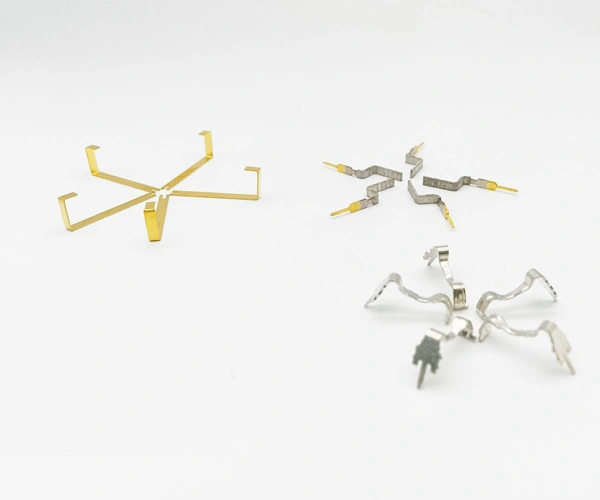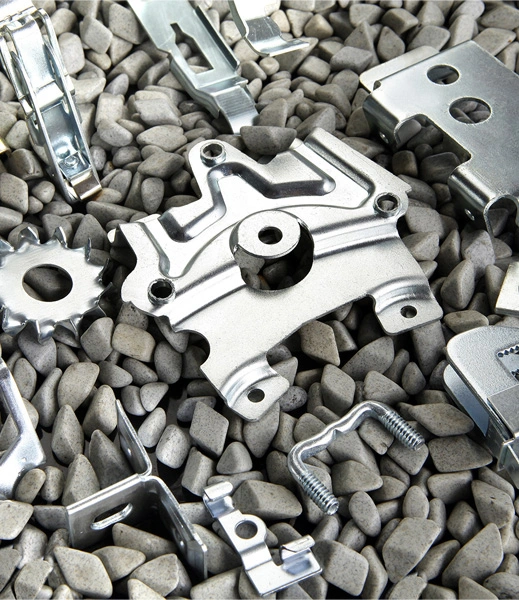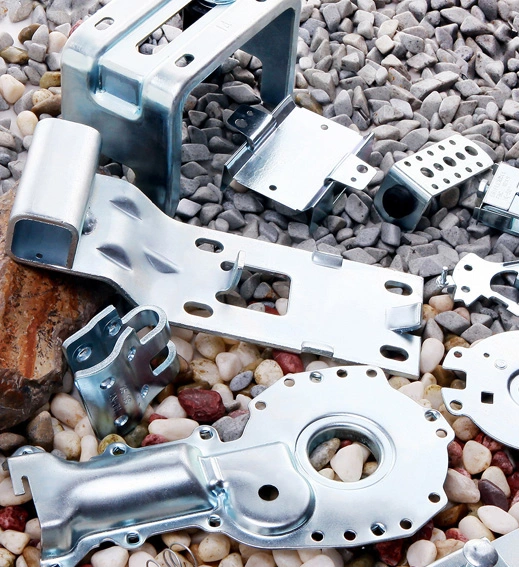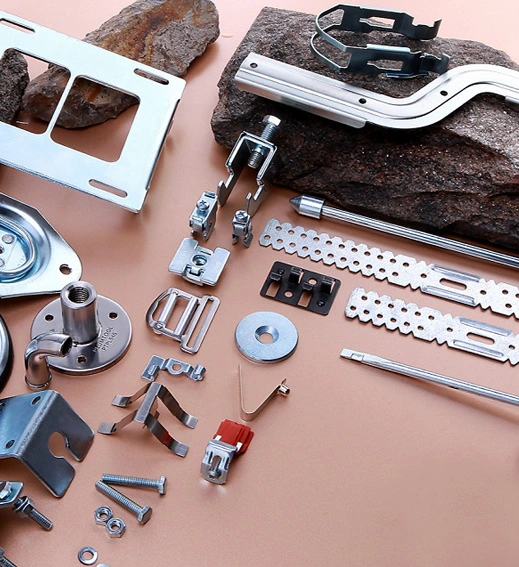

Material: bronze /carbon steel /stainless steel /aluminum /copper /galvanized sheet available
Thickness: 0.5mm
Tolerance: ±0.025mm
Manufacturing process: progressive die stamping
Surface treatment: powder coating /painting /anodization /sandblasting /zinc coating etc available
Irregular pins, automotive sensing pins, bent copper pins, various irregular pins
Mold processing is the core link of continuous die stamping technology, which directly affects the accuracy and production cost of the workpiece. The main content of mold processing includes the selection, cutting, milling, grinding, electrical discharge machining, wire cutting and other processes of steel materials. The machining accuracy and surface smoothness of molds have a significant impact on the quality and accuracy of workpieces.
1. Processing material selection: Select different steel materials according to different requirements, such as H13, SKD, Cr12MoV, etc. The selection criteria are excellent hardness and toughness, appropriate size and safety; Suitable parameters such as steel can be selected based on the number of alloys required for several deep molds, maintenance and consumption costs.
2. Cutting: Using CNC cutting tools or plasma processing to cut the template, it is necessary to ensure the dimensional accuracy and edge smoothness of the board.
3. Milling: Based on the size and shape of the template, use computer numerical control technology to mill the template to obtain a flat surface.
4. Grinding: Using a grinding head or grinding wheel to reduce, adjust the surface flatness of the template, remove machining patterns and residual stresses generated by heat treatment on the surface of the template.
5. Electrical discharge machining: Using electrical discharge corrosion machining technology to process templates and achieve the processing of complex mold structures.
6. Wire cutting: Using wire cutting technology to divide the template and using plain steel or burrs to separate, ensuring the flatness and surface accuracy of the template.



